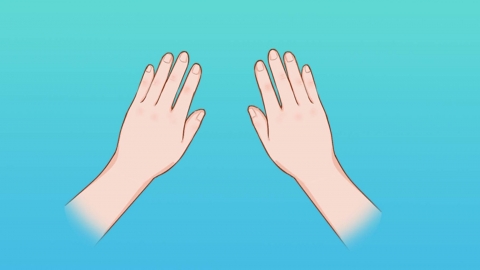How to Determine if Someone Has Butterfly Hands
Butterfly hand typically refers to a specific hand shape commonly seen in certain hereditary or congenital diseases. It can primarily be identified through observation of the palm shape, examination of the finger joints, assessment of hand function, comparison of hand appearance, and medical diagnosis. If abnormalities are detected, timely medical consultation is recommended. Detailed analysis is as follows:

1. Observe the palm shape: A normal palm has a natural curvature, whereas individuals with a butterfly hand may have a flatter palm, lacking this natural curvature. This change in shape can serve as a preliminary basis for identification.
2. Examine the finger joints: Individuals with butterfly hand may display明显 protrusion of the proximal interphalangeal joints, sometimes accompanied by pain or discomfort. Thus, careful observation of the joint shape and sensation of pain or discomfort are important steps in identification.
3. Assess hand function: Limited hand function is another typical manifestation of butterfly hand. Patients may find their hand movements, such as grasping or lifting objects, are less nimble than before. Assessing hand mobility and strength can further determine the possibility of "butterfly hand."
4. Compare hand appearance: Check whether both hands are symmetrical and whether there are abnormalities such as muscle atrophy or finger bending. These visible changes can be used as reference criteria for identifying butterfly hand.
5. Combine with medical diagnosis: For suspected butterfly hand cases, professional medical diagnosis is recommended. Doctors will make a comprehensive judgment on the presence of butterfly hand and its specific cause according to the patient's medical history, symptoms, physical signs, and necessary laboratory and imaging examinations.
Parents should observe their child's development in daily life. If abnormalities are detected, the cause should be examined promptly; if diseases cannot be ruled out, timely medical consultation is advised.




